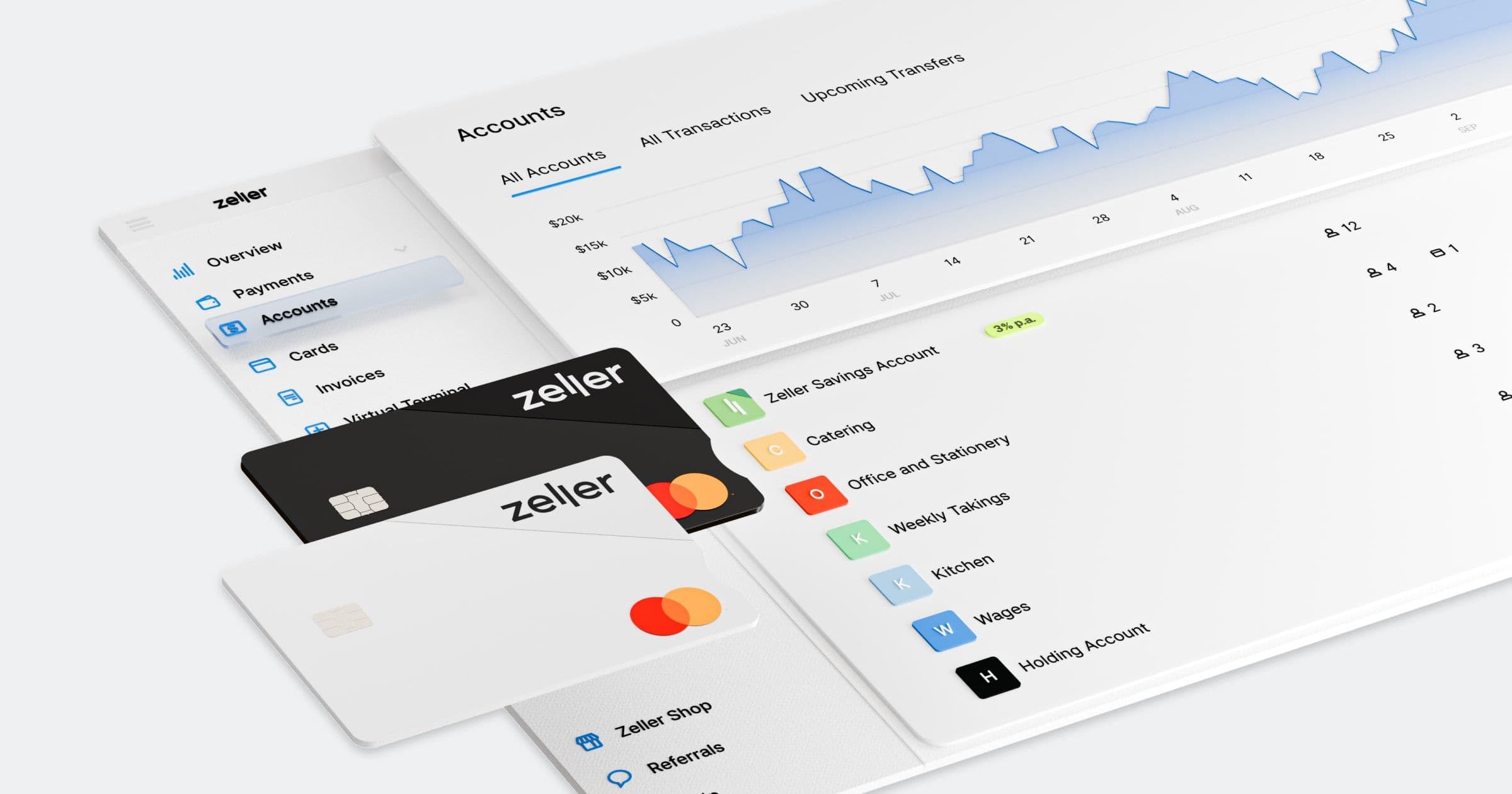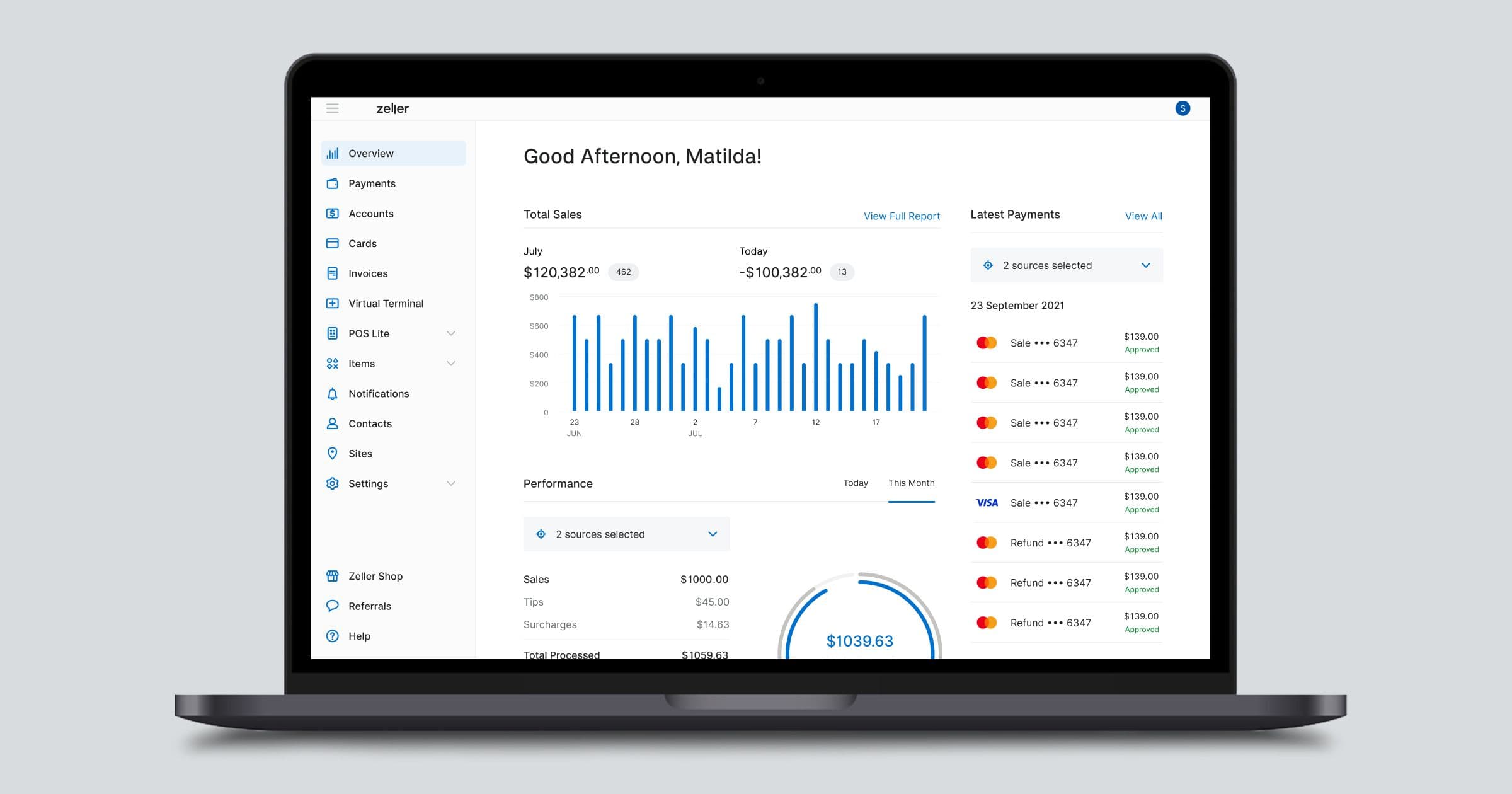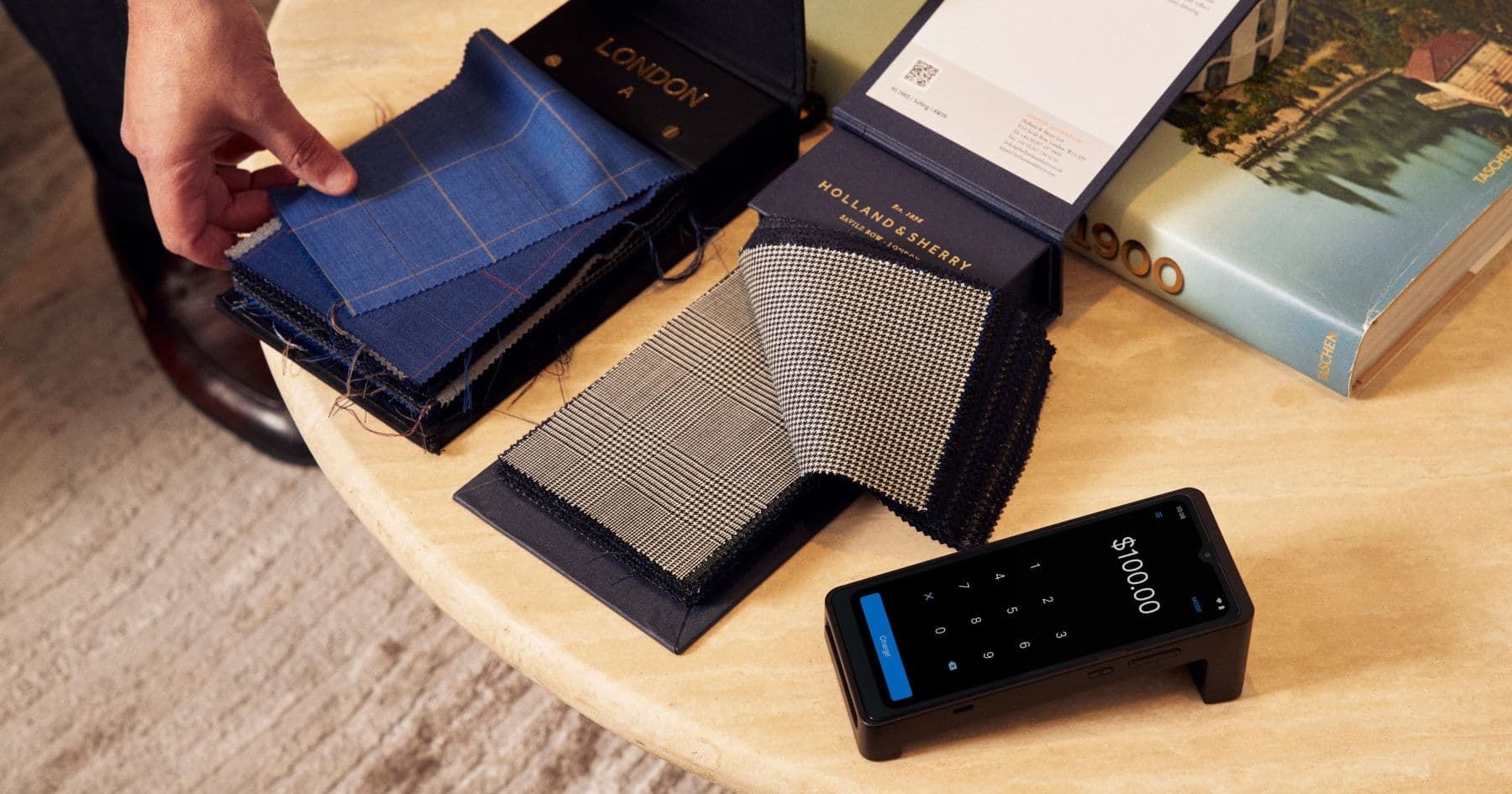
What Retailers Expect This Festive Season – Plus Their Top Survival Tips
Australian small businesses have weathered a turbulent few years, juggling softer customer spending, rising operating costs, and the ongoing realities of a post-Covid economy. So, how are they feeling about the 2025 festive season? We asked Zeller merchants to share their outlook, along with the practical tips they use to stay confident and competitive. The Christmas trading season is traditionally the busiest—and most lucrative—time of year for many Australian small businesses. Yet this year, many are heading into the peak period with caution rather than confidence. More than half of the 1000 small business owners we surveyed said they feel only average or low confidence in their financial position leading into Christmas, with concern highest amongst retailers (64%) and businesses operating in events and entertainment (76%). Tight cash flow is a major part of that pressure. Nearly three-quarters of business owners report that their cash flow is already strained ahead of the holiday rush, including a striking 80% of retailers and 78% of hospitality operators. At the same time, 59% believe they’ll earn the same—or even less—revenue this Christmas compared to last year. Despite these challenges, the businesses that feel most prepared tend to be those using data to guide their planning. While 57% of owners reviewed their 2024 sales and transaction data to forecast for the season ahead, more than a third did not—and some don’t have the tools to access last year’s performance at all. Against this backdrop of lower confidence and tighter budgets, preparation becomes more important than ever. To understand how businesses can set themselves up for a strong end to the year, we spoke with six retailers to share the practical strategies they use to make the most of the busy trading season. 1. Use data to forecast demand and staff efficiently When preparing for the festive season, a common theme among the six business owners we spoke to was the importance of reviewing the previous year’s sales data. Amanda Flynn of Smellies Flowers in Geelong says it’s now easier than ever to access this information, making forecasting far simpler: “ Every year I review our sales to see which designs were most popular, using data from Shopify, Zeller , and Xero. It’s much easier now to access that information. ” Malcolm McCullough, who runs Bill’s Farm , a busy delicatessen at Queen Victoria Market, takes a similar approach. “ We look at which products sold via our POS to inform our orders, then use the Zeller Dashboard to understand overall sales patterns. This helps us predict when customers are likely to shop this year—including the time of day—so we can roster staff effectively and ensure coverage during peak periods. ” 2. Market to your database, your community, and the customers in front of you Scaling up marketing efforts early in December is crucial for keeping cash flow healthy. Both Smellies and Bill’s Farm rely heavily on their subscriber lists. “ They get first access to new products, which really helps with cash flow, ” says Amanda Flynn. Malcolm McCullough adds, “ This year, we offered our subscribers a $25 gift voucher when they spent $300 or more.” Baffies Oan Books , a small bookshop in Samford, takes a similar approach. A Christmas VIP night in November helps bring subscribers in-store, but owner Leanne Goldsmith says community partnerships are just as important. She’ll run a stall during the local school’s visitor day—offering how-to-read Christmas books to incoming prep students—and set up at the village’s annual Christmas market. “ Being actively involved in the community helps remind people we’re here, ” she explains. Once the Christmas rush hits, the focus shifts to boosting sales per customer. Malcolm runs several promotions advertised on his register’s digital screens. “ We do a $10 off deal when customers buy four or more cheeses, ” he says. “It’s all about encouraging a higher average ticket. ” 3. Cater to all end-of-year celebrations—not just Christmas While Christmas drives the bulk of sales, the end-of-year period in Australia reflects a much broader range of celebrations. “ Over the past few years, we’ve run a number of corporate wreath-making classes. Many companies invest in their staff at this time of year as a bonding exercise ,” explains Amanda Flynn. “ We also see a lot of flowers going out for end-of-season celebrations: schools finishing, offices closing… it’s a time when people retire, change jobs, graduate, or get promoted, so we cater to all of those occasions as well. ” By planning for these wider milestones, businesses can tap into multiple revenue streams, not just Christmas-specific products. 4. Make the most of school holidays to train young staff For Natalie Tripodi and her team at Queen’s Harvest —a fruit and vegetable vendor at Queen Victoria Market—hiring Christmas casuals is essential to supporting the surge in customers: “ Most students are on school holidays, so it's a nice time to get the young ones skilled up for the busy period,” she explains, while Leanne employs those within her own family: “ We put our children to work”, she laughs. Amanda also emphasises that you don’t always need to have highly skilled staff to support operations during the rush, “ We don’t necessarily hire florists. Sometimes it’s actually better to have fewer florists and more staff focused on floral preparation and related tasks. You have to really target the tasks and the staff who are going to be performing those tasks.” 5. Brief staff on what products to push and how to make the decision for your customers For larger businesses like Blackheart & Sparrows , staff training and preparation are essential. Jimi Gill, who oversees the brand’s fourteen retail stores, says he shares curated gifting ideas with teams—such as “Great Gifts for Dad” or the latest craft beers—to help them build compelling in-store displays. Malcolm McCullough emphasises that guidance on the shop floor matters just as much as merchandising. “ We’ve found that customers often want you to make the decision for them. Having staff ready with clear product recommendations is part of our daily routine ” he explains. 6. Put EFTPOS safeguards in place before the rush With such a high volume of trading happening over a short period, fast and reliable payment hardware is essential. “ 90% of our sales come through EFTPOS at that time of year, ” says Malcolm, who has used Zeller Terminal for the past three years. “ Zeller is incredibly fast and reliable ,” says Natalie. “ The terminals are connected via SIM but we can also connect them to WiFi or hotspot, or we can use Tap to Pay on our phones… having those safeguards is key ,” she adds. 7. Plan around the calendar: Christmas and New Year’s Demand patterns shift dramatically depending on which day Christmas falls on. Amanda says Smellies analyses their data from the final fortnight closely, knowing that customers pre-order differently each year. “ When Christmas lands mid-week, a lot of offices close early, which creates different peak days, ” she explains. But Christmas is only half the challenge. Malcolm warns that New Year’s Eve can catch businesses off guard. “ You need enough stock to reopen on the 30th and 31st, because suppliers stop delivering. If you have a huge Christmas and don’t plan for New Year’s, you’re stuck. ” It’s important to map out both events as one continuous trading period. 8. Secure stock early, and work with suppliers who offer terms Stock availability can make or break the season, but so can cash flow. That’s why having suppliers who offer payment terms is invaluable. “ Most of our major suppliers are on account, which really helps with cash flow ” says Leanne. Malcolm takes a strategic blend of approaches: he pre-orders thousands of dollars’ worth of cheese for mid-December delivery (paid upfront), while sourcing other products on 30-day terms so they’re sold long before the invoice is due. “ It’s a matter of pre-ordering what you know will sell, pre-empting what might sell, and then ordering additional stock during the month to ensure you have enough.” For chocolatier Lee Ann Tan at Cheeky Cacao , preparation starts early too: “ Around September or October I put money aside and start buying labels and packaging, and non-perishable ingredients, ” she explains, “ Because every product is handmade in small batches, preparing early also ensures we can maintain the level of quality and care we’re known for, without rushing production during our busiest season.” 9. Use pre-order forms to manage large Christmas orders For Smellies and Bill’s Farm, having a pre-order system is indispensable. Malcolm says they process about 180 pre-orders each year, managed manually with a $50 deposit and a nominated pickup day. “ Some customers order multiple hams, puddings, a turkey… it can be a $500 sale, ” he says. Preparing these orders ahead of time ensures they’re ready the moment the customer arrives, but coordinating them becomes “ a full-time job for the last ten days ,” so a clear pre-order workflow keeps service running smoothly. 10. Review what worked and build a merchandising library for next year Jimi Gill from Blackhearts & Sparrows emphasised that January is the true beginning of next year’s Christmas planning. “ Usually, I do a short review with all the store leaders where I ask ‘What was the busiest day? Why was it busy? What was the best-selling product?’ It’s a way to get quick, instant feedback. I then compile this into an overarching review that we discuss in an early-year meeting, typically around April .” He also invites his team to share photos of their visual merchandising displays, “ We build up a library of examples so that, even though shelves change daily and new products arrive, the stores have a resource to refer to. They can look at it and say, ‘Okay, let’s display this wine like this,’ and use it as a guide .” At Bill’s Farm, notes are taken at the end of each day. “ We make a note of what’s working, what isn’t, what we’ve had to mark down due to short shelf life, what’s sold out, and what we could improve,” explains Malcolm, who recalls a multi-price cheese offer that required too much explanation last year: “ We won’t do that again, it took too long to walk customers through it. ” It’s these insights that have informed their new approach this year.












